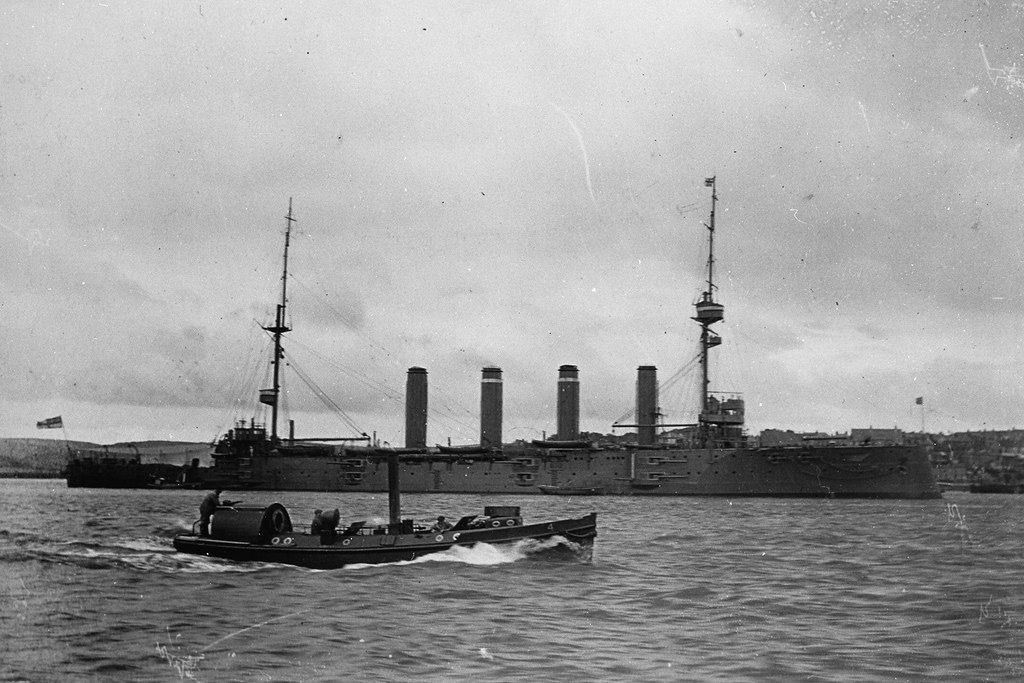

- © 2018 Steve Allen Contact Me 0


COMPOUND PINNACE ENGINE,
1 1/4-in. and 1 3/4-in. Bore x 1-in. Stroke. (Weight, 11 lbs.)
WITH REVERSING GEAR.
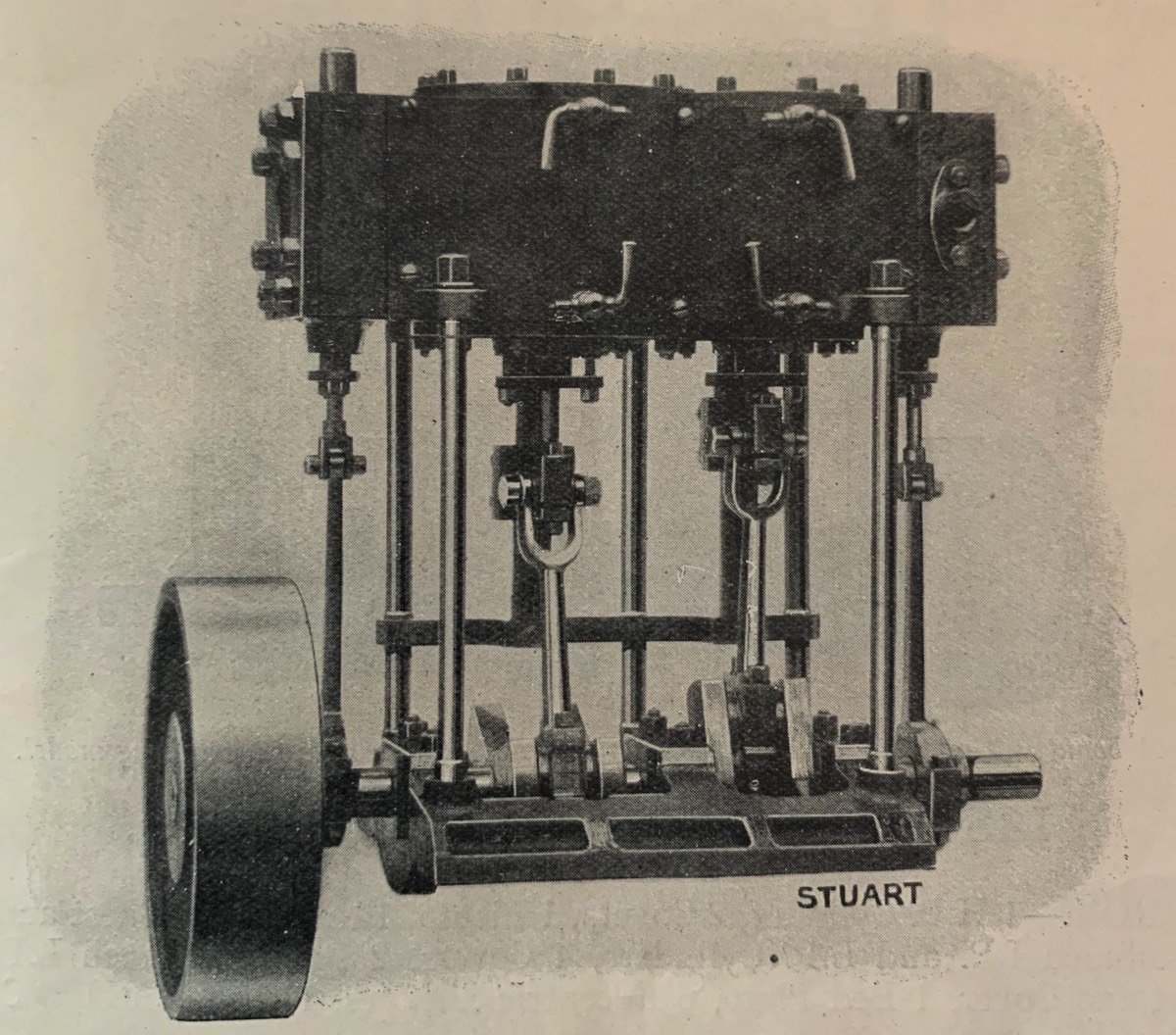
Price, £2 10s. (Weight packed, 14 lbs.).
—————————————————
EXTRA.
Set of 4 Drain Cocks, 8/-; 2 Cylinder Lubricators, 4/6
Another Marine style compound engine from Stuart, why? Well this engine is certainly an attempt to produce an engine for the model boat enthusiast. The smaller size and weight make is more suitable for a model that the No.3 & No.6. The design has been modified to fulfil this new use. Called the COmpound Pinnace Rngine , it is the word 'Pinnace' that is important. A Pinnace is a small boat used by large warships to transport select crew to shore or other boats.The pinnace was in the time of steam, powered by small economical marine engines of this multicolumn design. Engines for this type of boat are often much smaller than expected, in the range 3-5ft tall. Often called "six Column engines" due to the number of columns supporting the cylinder block, stuart removed the middle one at the front to beter show the workings, thus a 5 column. The move away from cast iron standards significantly reduces weight. It also simplifies construction as producing multiple columns to the same dimensions is pretty simple on a lathe. The sole plate has been made wide to allow for easy and stable mounting into a model boat. The bearing size also apprear quite large and the description mentions counterweights for the crankshaft. The lack of a box bed or similar means that the engine cannot be mounted on a flat surface as the cranshaft and flywheel rotate substantially bellow the mounting points, again typical in a model boat. The reduced cylinder capacity and compound nature of the engine redice the boiler size requirements. The pictures below are the only ones I have managed to track down of this elusive engine which was shortly to be supercedded by two of stuarts best engines , The compact Launch, available as simple or compound (identical except for the cylinder block, covers and valve chests. The other is the pinnacle of stuart designs, the Triple compound engine. As can be seen by comparison with the third picture, the Stuart is a scaled down version of the full sized engine.
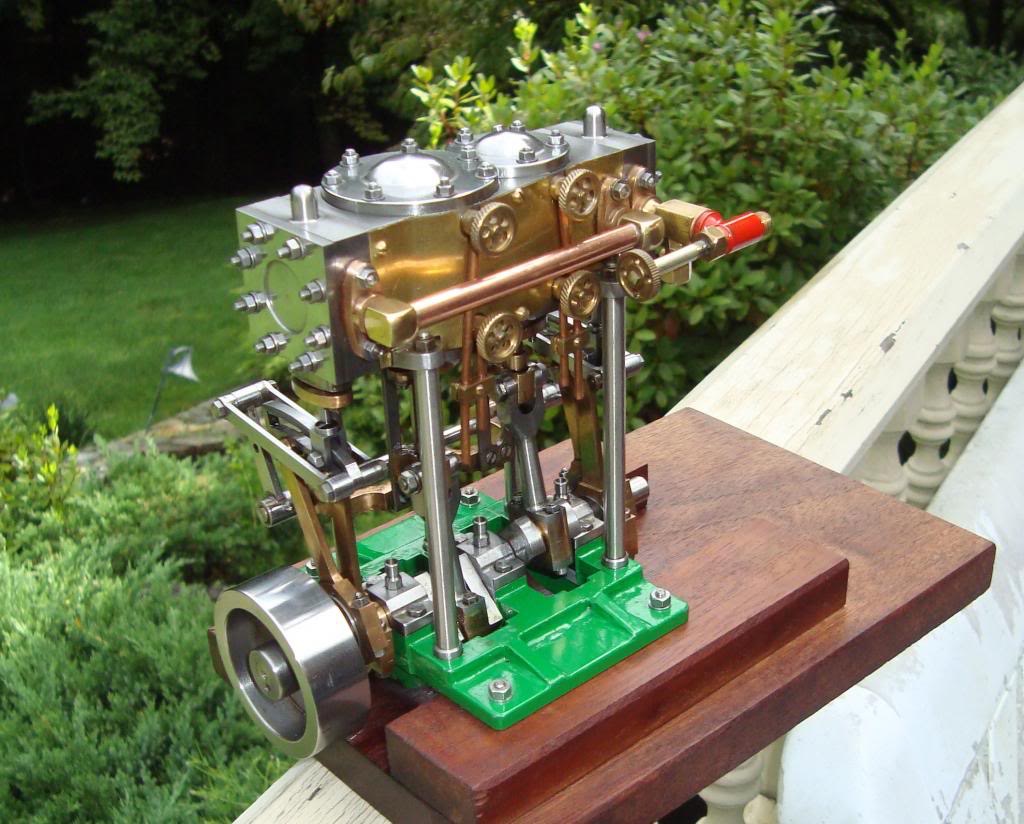
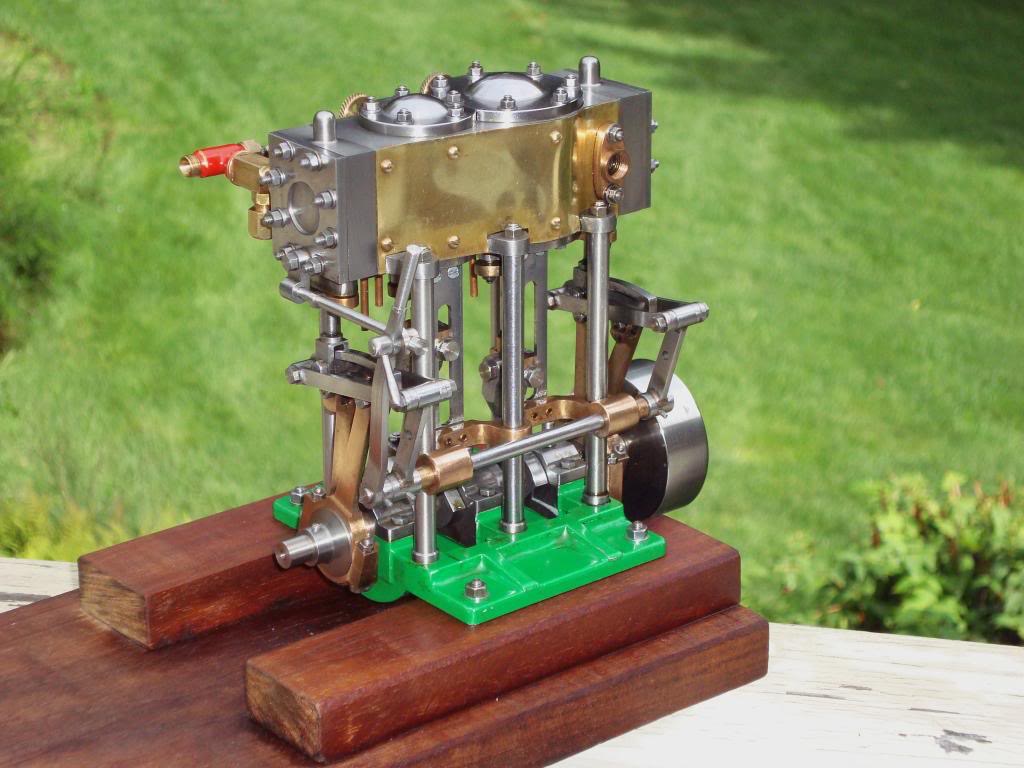
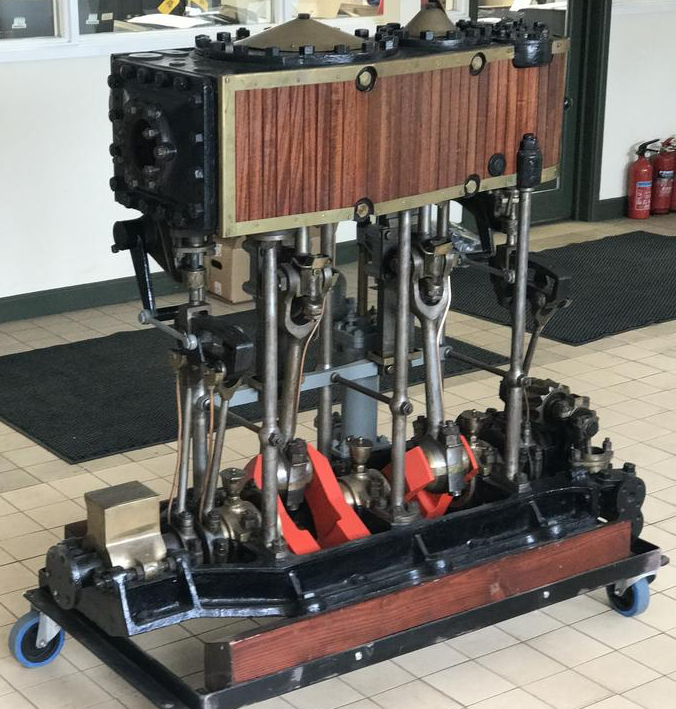
July 28th, 1921.
A.G.O. writes:-
"I have received the Castings for the Pinnace Engine, and I must say that they are much above my expectations ; indeed, I have never seen such a highly satisfactory set of small iron castings before.
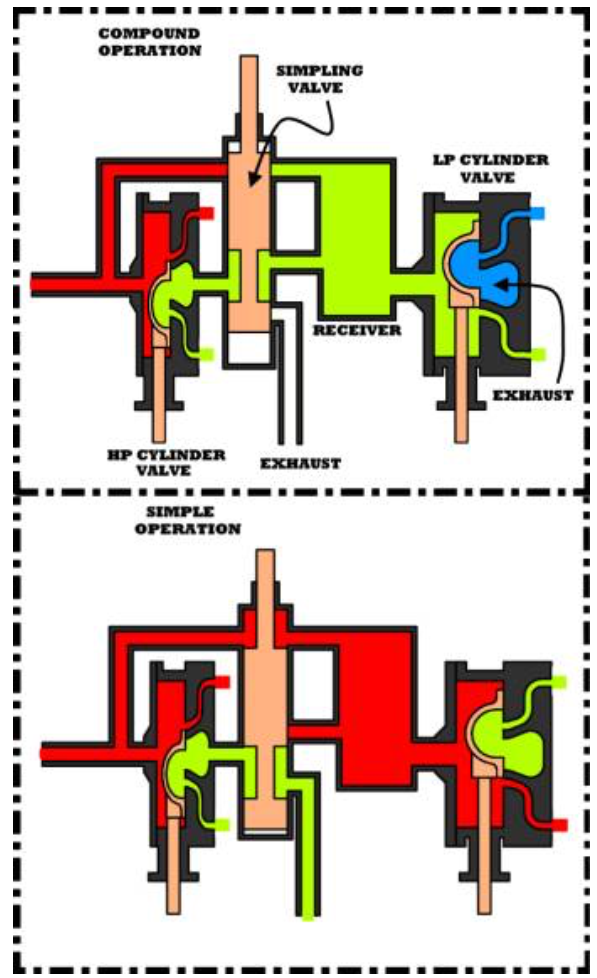
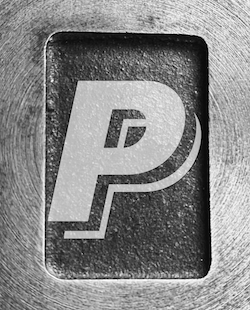
Please Consider Making a Donation